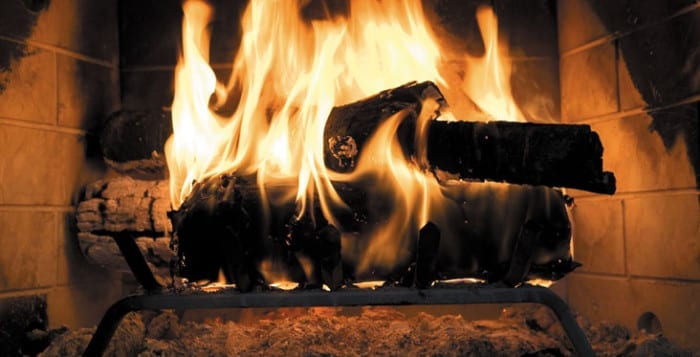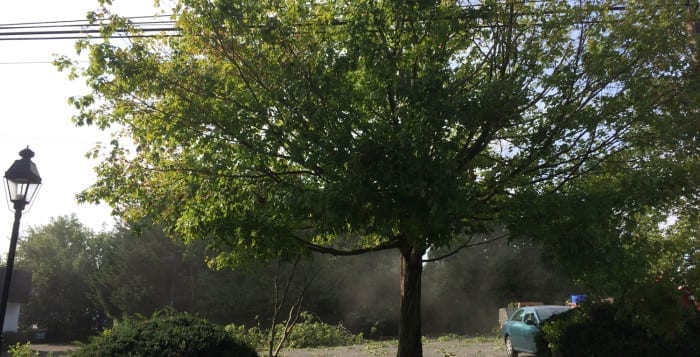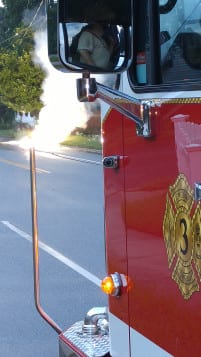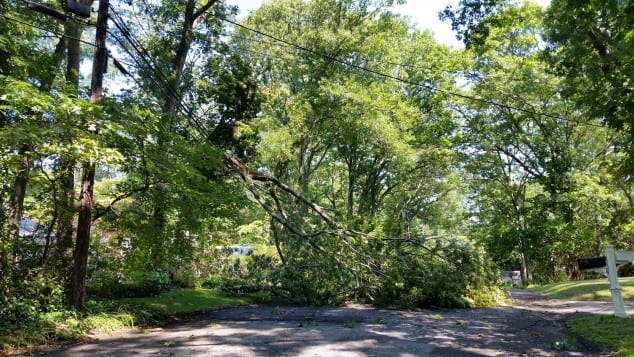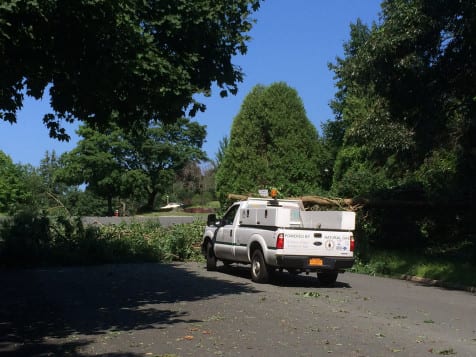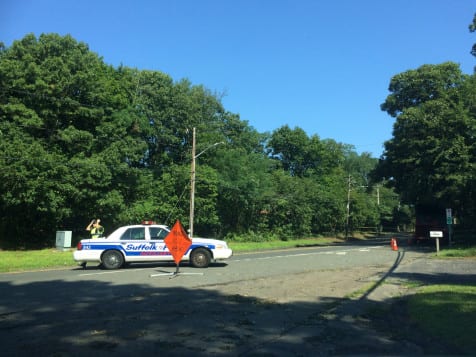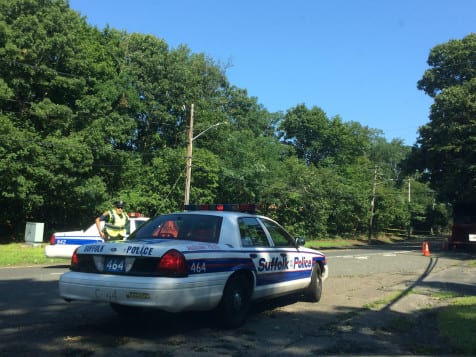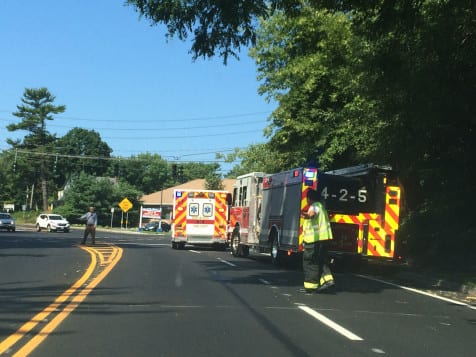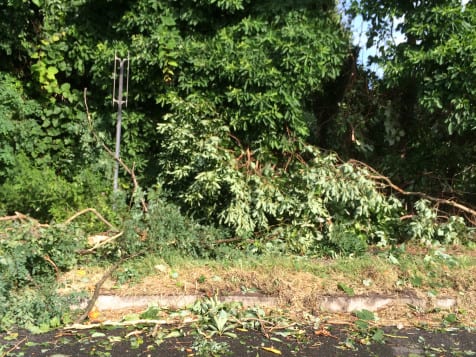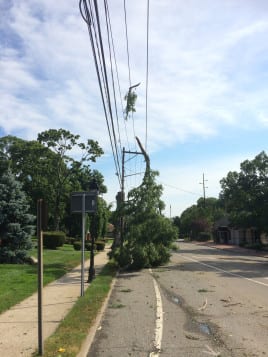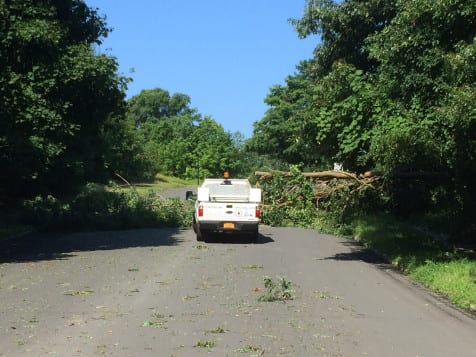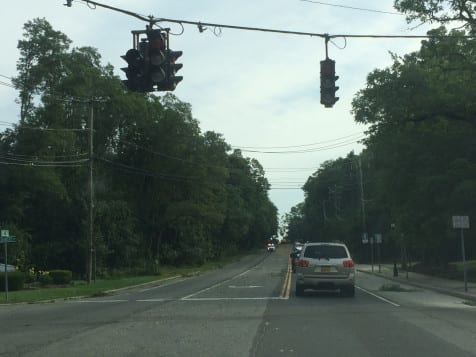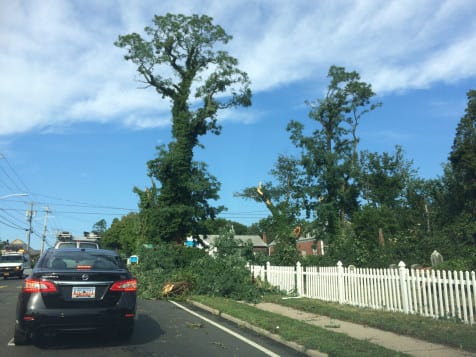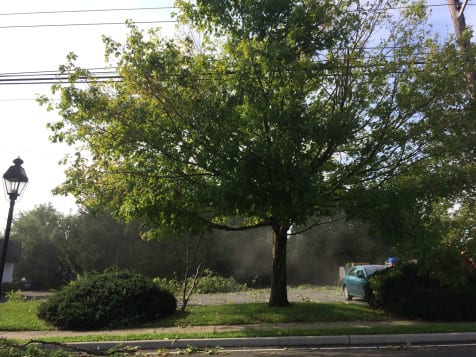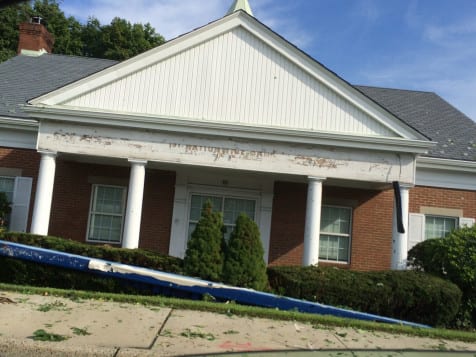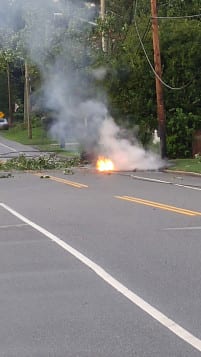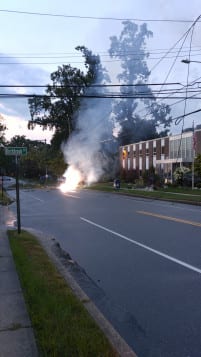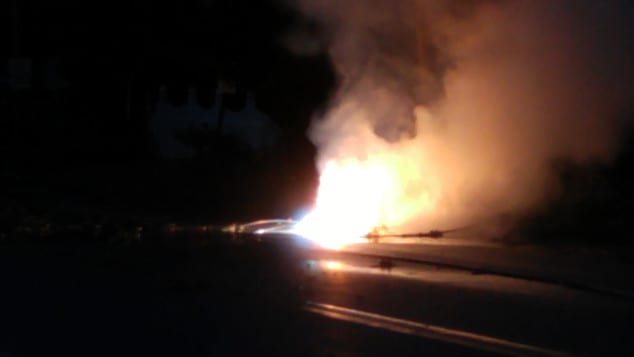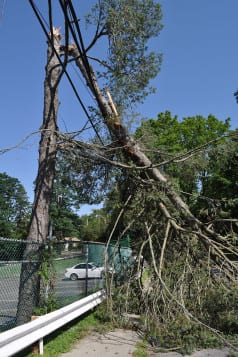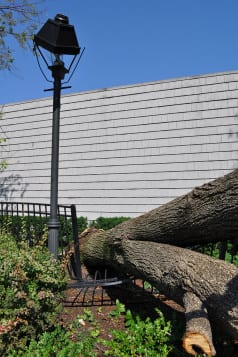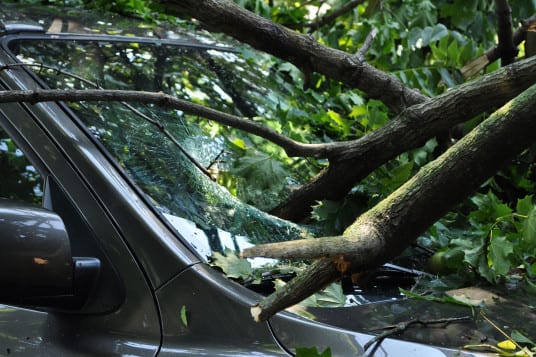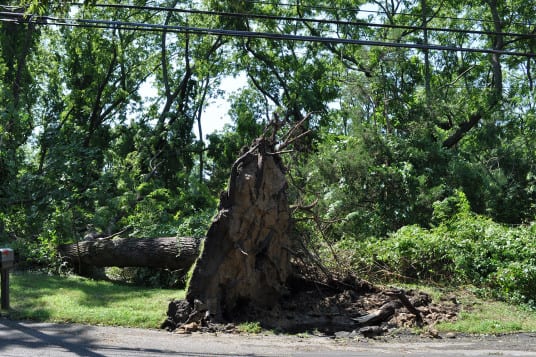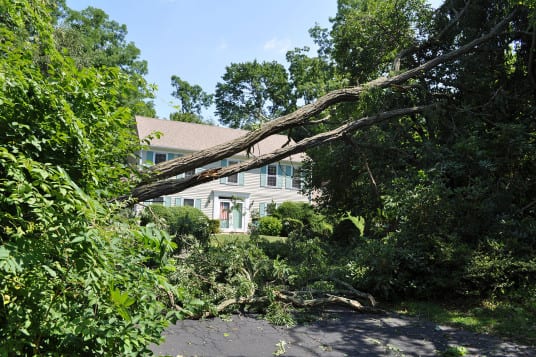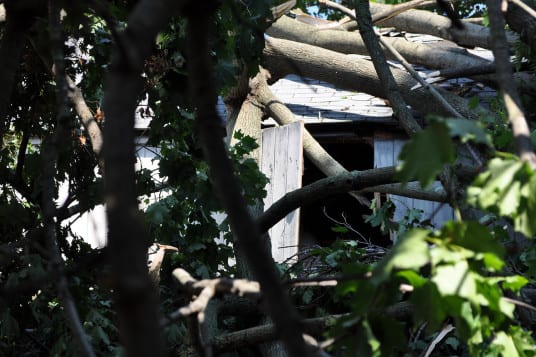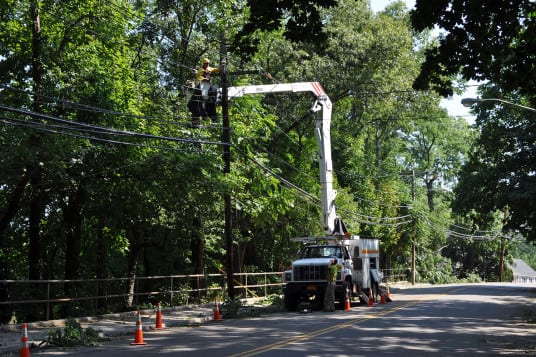By Bill Landon
With rain coming down, Centereach took to the field against Huntington and the Blue Devils stepped into the batter’s box first for a League IV baseball matchup Tuesday afternoon in Centereach.

Huntington (1-11 in conference play) struck first when, on a Centereach throwing error, Brian Donnelly crossed the plate for the first run of the game.
Centereach’s Victor Corsaro doubled, representing the tying run in the bottom of the inning, and teammate Kyle Cerbone ripped one through the gap to even the score with two outs.
The rain grew steady though, and when the umpire behind the plate charged the infield to cover the ensuing play, he slipped and fell in deteriorating conditions.
“I saw him slip the first time and he warned me about the field conditions, and I said to him ‘we’ve had this conversation before,’” Centereach head coach Mike Herrschaft said. “This field can’t take a lot of rain and you can see how it’s getting slick out there at shortstop.”
Huntington managed to score another run in the top of the second to take a 2-1 lead, and the Cougars went back to work at the plate. Centereach (2-10) popped the ball up shallow in the infield and the plate umpire approached the play and fell a second time. The official was slow to get up. After a brief conference between both coaches, the umpires left Nick Corsaro in the batter’s box with his team trailing by one with two outs.
“The umpire called the game because of unsafe conditions on the field,” Huntington head coach Bill Harris said. “Where the field transitions to the grass, he slipped and fell.”

The game was suspended after an inning and a half, so the balance of the game will be completed at a later date.
“I saw him slip the second time and he said he didn’t want to see one of the kids slip and get hurt,” Herrschaft said. “You can’t argue with that, but this is the first time I’ve known a game to be called because of unsafe conditions for the umpires. The kids are wearing spikes and the umpires are wearing sneakers.”
Herrschaft added that both teams will take the mound Friday afternoon for a scheduled matchup and then complete the suspended game for the doubleheader at home.
Centereach traveled to Huntington on Wednesday for game two of the three-game series, but results of that game were not available by press time.






